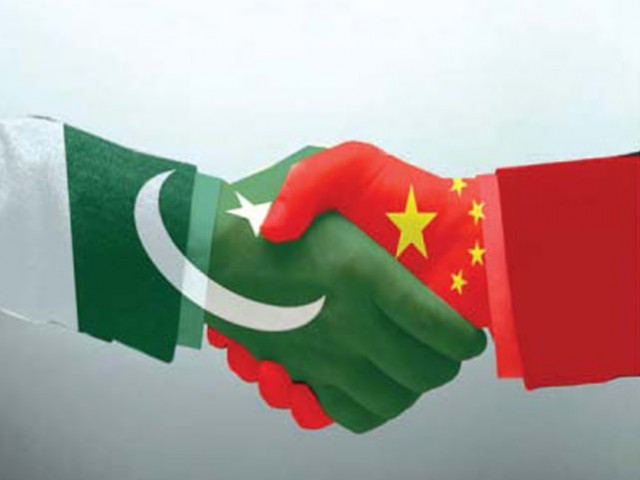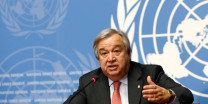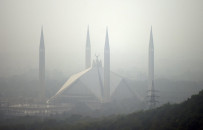China plans new economic zones in Xinjiang border towns
China aims to complete infrastructure for economic development zones at Kashgar and Khorgos.

China plans new economic zones in Xinjiang border towns
In a detailed policy outline posted on the central government's website (www.gov.cn), the State Council, or cabinet, aims to "basically complete" infrastructure for economic development zones (EDZ) at Kashgar and Khorgos.
Xinjiang is strategically vital to China, accounting for one-sixth of the country's land mass and rich in oil, gas, coal and other mineral resources. It borders Russia, Kazakhstan, Pakistan, Mongolia, Kyrgystan, Tajikistan, Afghanistan and India, and is a politically sensitive region as many Uighurs, a Turkic-speaking Muslim people native to Xinjiang, resent Chinese controls on religion, culture and language.
Electronics, textiles, metallurgy and renewable energy manufacturing would be key areas for development in Kashgar, an oasis in south-western part of Xinjiang, the statement said, while Khorgos would focus on chemicals, farm products and pharmaceuticals.
"By 2020, the two economic zones would see a great leap in competitiveness in these industries and overall economic strength," the statement said. Khorgos, already an entry point of the landmark Turkmenistan-China natural gas pipeline, has also won government approval to become an import point for and automobiles.
The government also plans to encourage Chinese and international airlines to open new routes to neighbouring countries and speed up construction of rail lines linking Xinjiang with Uzbekistan and Pakistan, the statement said.



















COMMENTS
Comments are moderated and generally will be posted if they are on-topic and not abusive.
For more information, please see our Comments FAQ